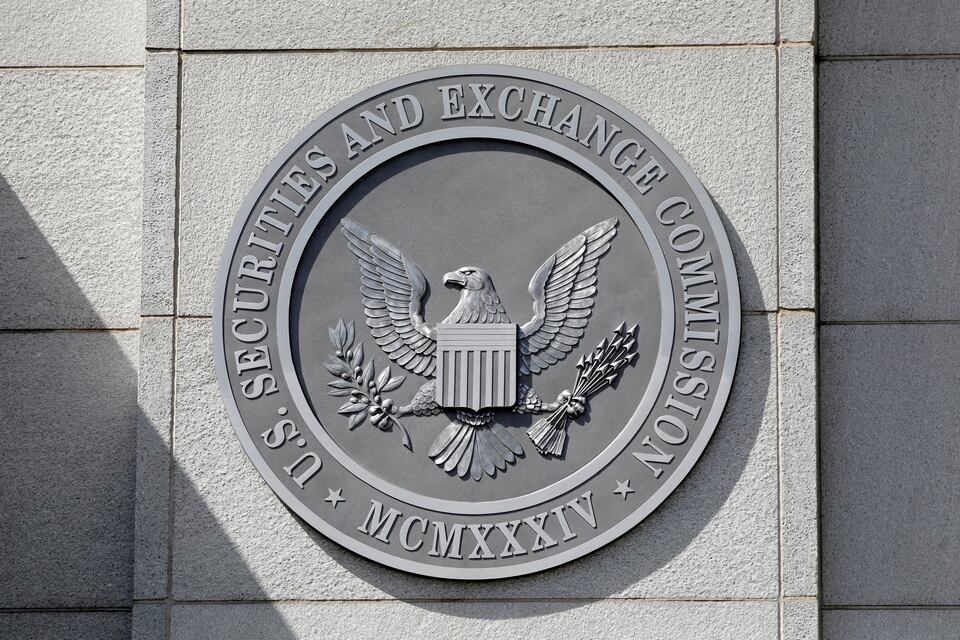The impending transition to a shorter settlement cycle for U.S. securities presents a significant challenge for international fund managers. This shift, scheduled for May 28, from the current T+2 to T+1 model, poses operational hurdles and elevated risks, compelling market participants to reassess their strategies.
Introduced as a response to the volatility experienced after the GameStop plunge in 2021, the move aims to mitigate unsettled trades.

It diverges from the T+2 standard adopted by much of the world, necessitating adjustments in global market practices.
Concerns abound regarding staffing issues, increased cash requirements, and heightened foreign exchange risks. Fund managers anticipate the need for larger cash balances to bridge potential gaps, potentially impacting fund performance negatively.
While the shift promises operational benefits, including risk reduction and efficiency improvements, challenges remain. The Depository Trust & Clearing Corporation, in collaboration with industry bodies like the Investment Company Institute, has been actively preparing for the transition.

Market participants must accelerate their preparations to adapt to the new settlement cycle effectively. Operational challenges, such as potential disruptions in FX trades and increased demand for short-term financing, loom large.
Concerns arise regarding liquidity in equity markets and credit risk implications. The shortened settlement cycle could reduce the time available to recall securities loaned to short sellers, potentially impacting market liquidity.
Fund managers explore various strategies, including splitting settlement cycles and assessing credit risk exposures. Despite these challenges, the industry remains vigilant, aiming to face the transition smoothly while ensuring operational resilience and market stability.





